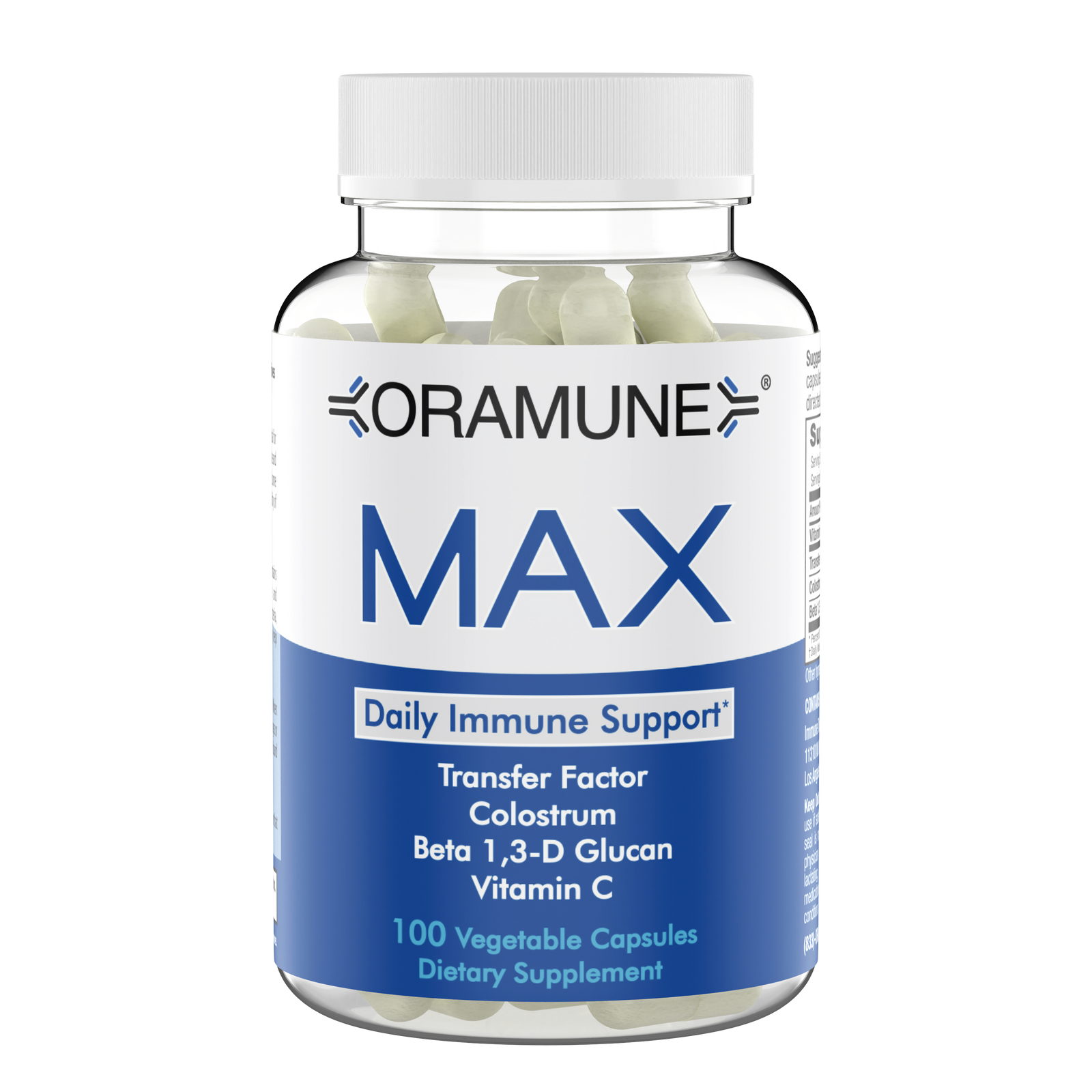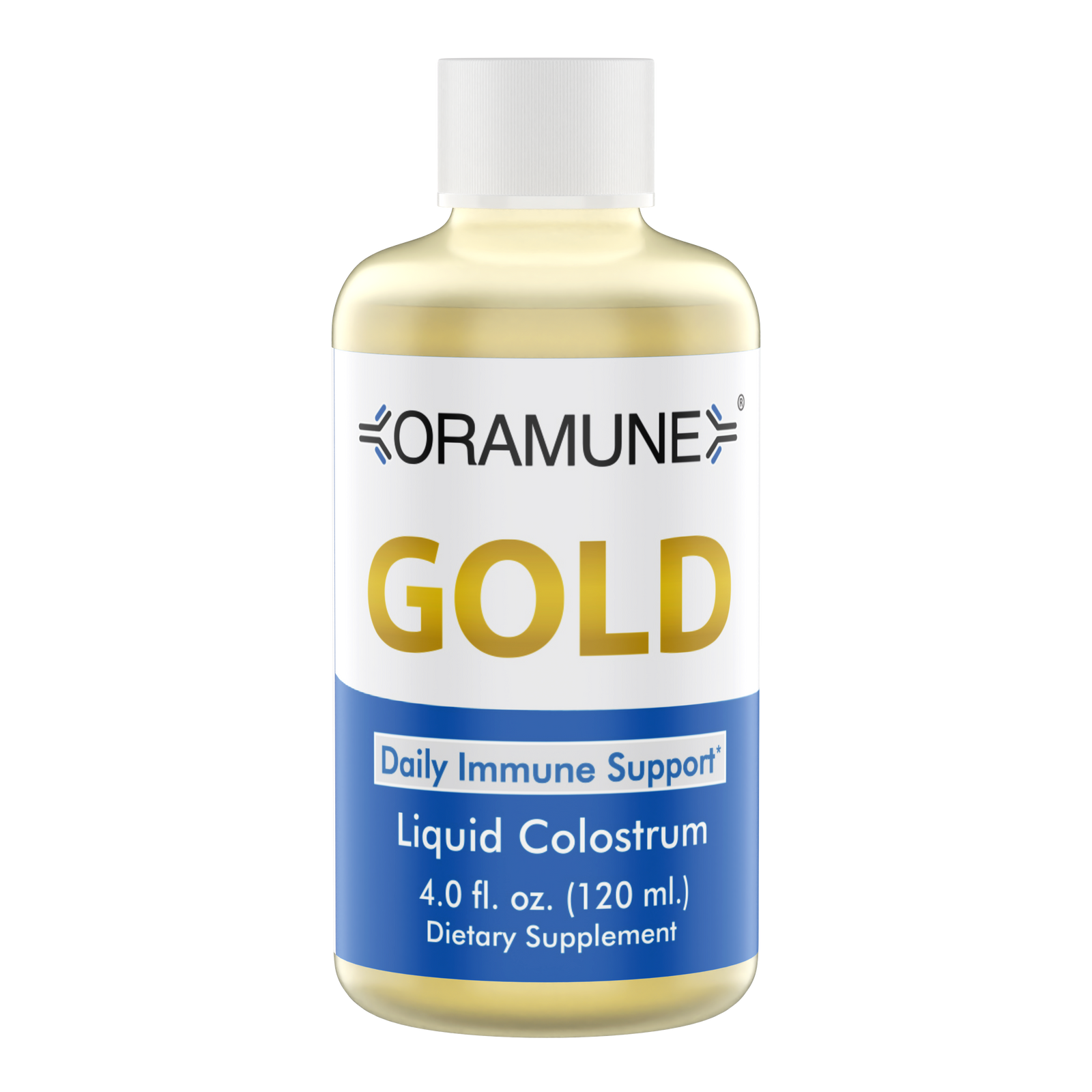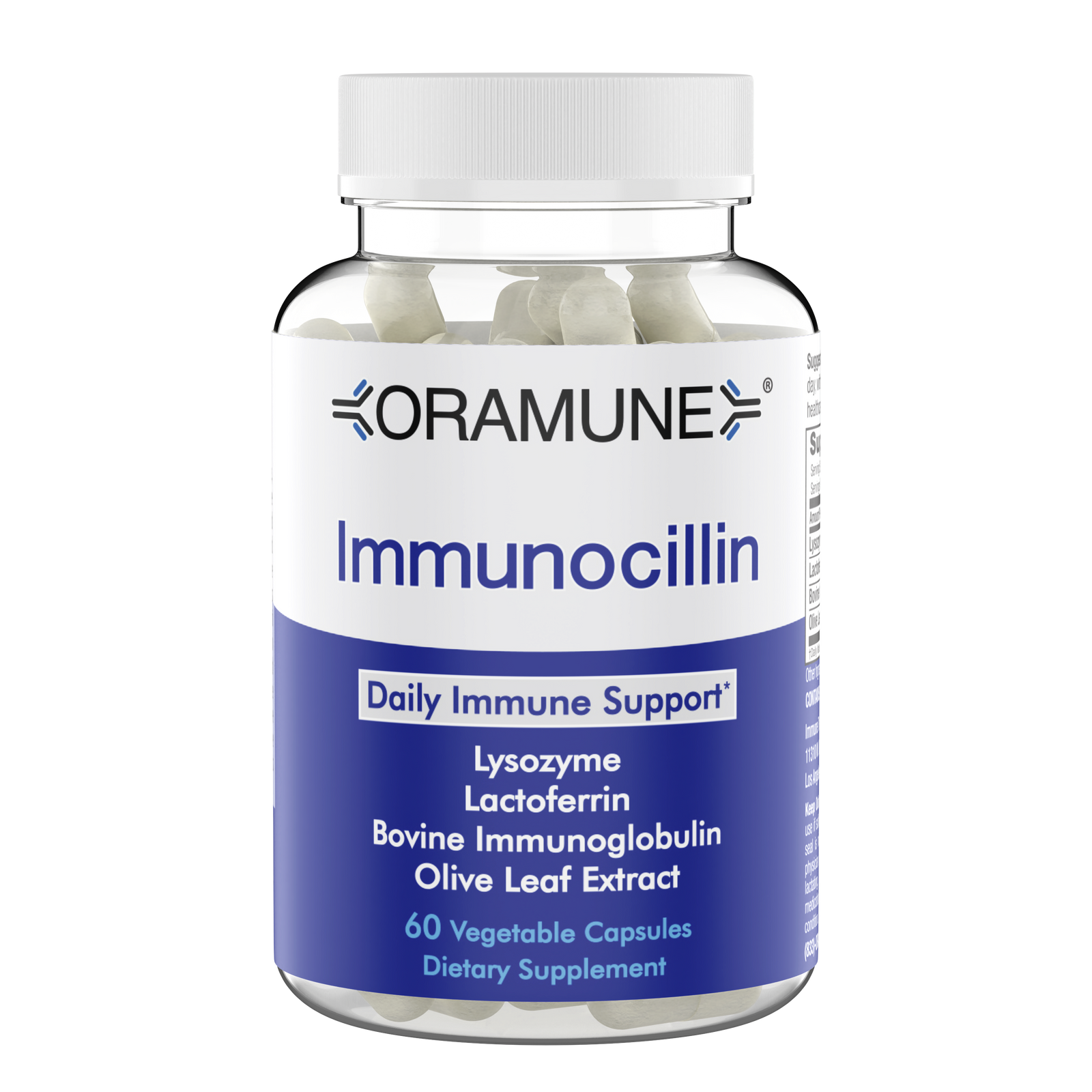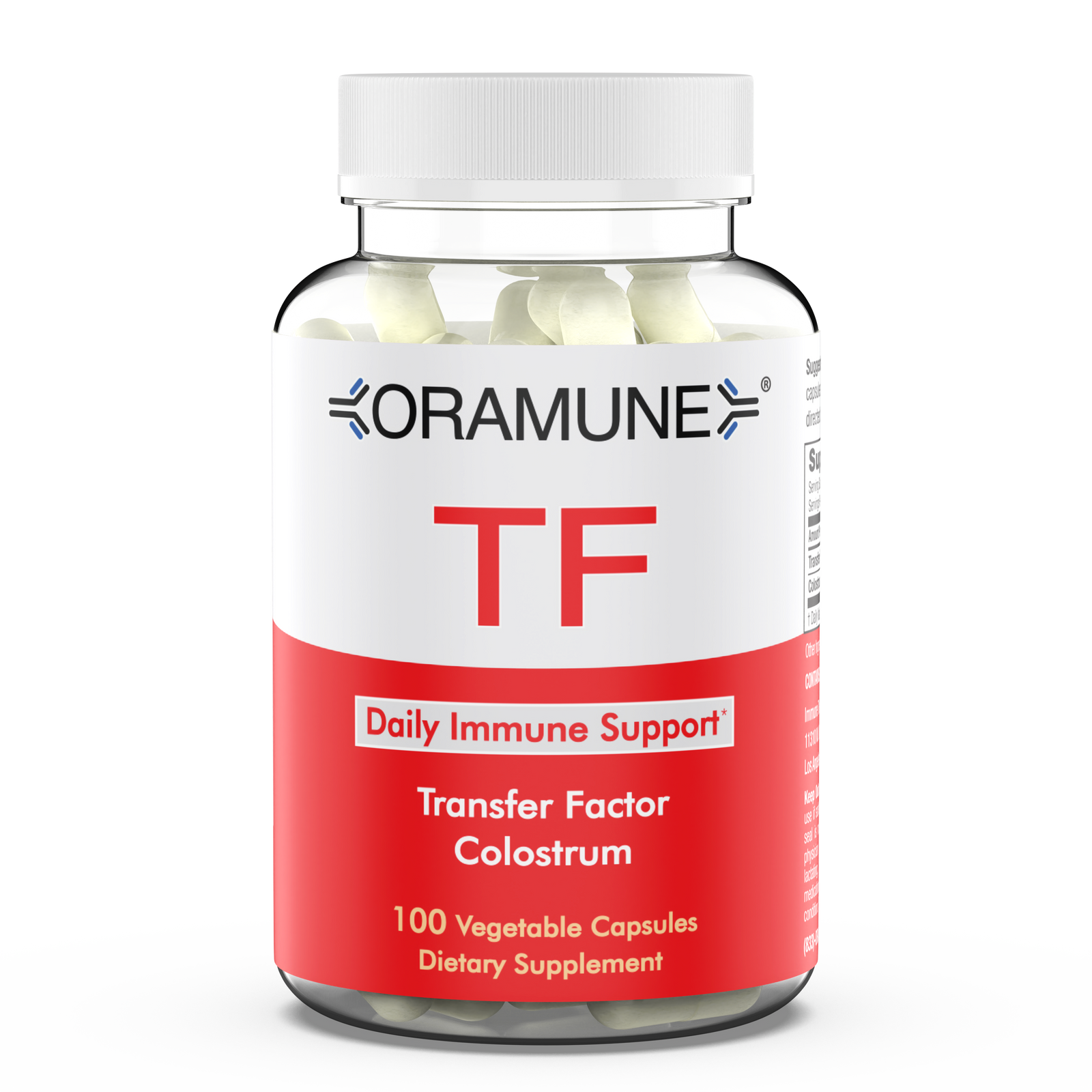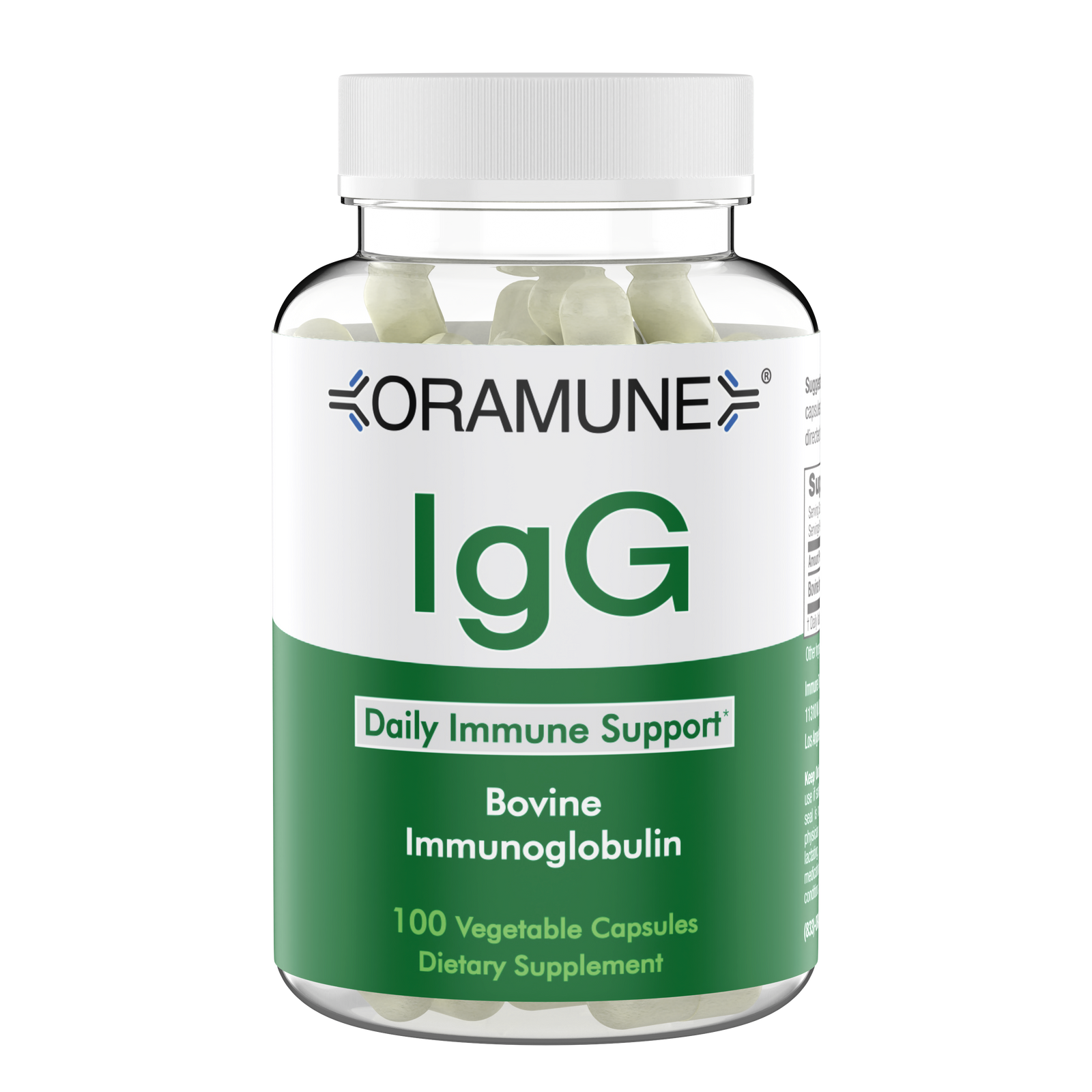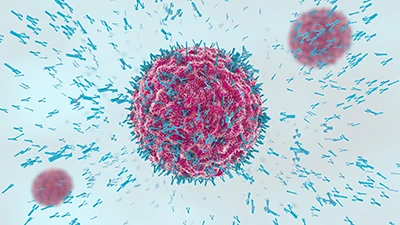When you step back and take a look at what the immune system does and how it works—well, it can be pretty stunning!
Broadly speaking, the immune system protects us (“self”) against anything it detects as not belonging to us (“non-self”). The immune system also plays a role in wound healing.
Functionally, this means that the immune system protects us from viruses, bacteria, fungi and parasites—and may also protect us from cancer. It recognizes what “bits” come from our own bodies (self) and what “bits” come from outside our bodies (non-self). That can go wrong at times—and when the immune system gets confused and reacts against a self-bit, autoimmune disease may result. When the immune system overreacts to non-self, an allergy may result. Finally, if the immune system has trouble recognizing non-self, frequent infections can be the result. The immune system is also involved in transplant rejections. Inflammation is part of the immune response also and when the control over inflammation is lost, chronic diseases like arthritis, obesity, diabetes, heart disease and others can occur—inflammation is a significant part of nearly all chronic disease.
The Two “Arms” of the Immune System
The immune system can be divided into the innate and the acquired immune system. The innate system is ancient, responds quickly in a general (non-specific) way and is most active on the skin and on mucous membranes, the most important barrier between us and the outside world.
The acquired immune system is a more recent evolutionary development and responds more slowly but in a very specific way. The acquired immune system also “remembers” what it has encountered in the past—and on the second appearance, responds more quickly because of this memory.
Both the innate and the acquired immune systems consist of cellular components and soluble blood factors that function to kill invading pathogens. The innate immune system utilizes inflammatory cells, a series of proteins known as the complement system and natural killer (NK) cells. The NK cells seek out and destroy infected cells and cancer cells, using substances known as cytotoxins to literally dissolve the infected or cancerous cells. Complement consists of a series of proteins that mark infected cells, identifying them so that inflammatory cells can come, find them and destroy them—quite literally, eating the infected cells right up! Complement can also directly attack bacteria and viruses.
The innate immune system acts a bit like a scatter gun while the acquired immune system works much more precisely. The acquired immune system also gets more complicated and includes specialized cells.
- B cells make antibody that is specific for that non-self- bit.
- Antibodies are proteins that bind to that non-self -bit and “mark” it for removal from the body. These antibodies can be one of 4 major classes (IgG, IgM, IgA and IgE) and one minor class (IgD)
- Each class of antibody (immunoglobulin or Ig) has a primary function during every phase and/or location of an immune response.
- IgM is a “first responder” and is the first antibody to be produced
- IgG is the “second responder” and is often carries the memory of a response—making it often the faster responder. IgG is the most common Ig found in the blood. Humans have at least 4 subclasses of IgG.
- IgA is the second most common Ig found in the blood. There are two classes of IgA and these are found in secretions such as tears, saliva and mucus. It is often known as secretory IgA or sIgA.
- IgE is the antibody related to allergic responses.
- T cells produce substances (cytokines) that can either tone down or tone up the immune response. There are different families of T cells—helper, killer, regulatory and memory T cells, each with their own specific function.
- Each class of antibody (immunoglobulin or Ig) has a primary function during every phase and/or location of an immune response.
- Antibodies are proteins that bind to that non-self -bit and “mark” it for removal from the body. These antibodies can be one of 4 major classes (IgG, IgM, IgA and IgE) and one minor class (IgD)
When a Non-Self Bit Enters the Body….
Let’s say viruses or bacteria enter the body through the air or through a cut in the skin. First—the “rapid response team” that is the innate immune system responds. The innate system sends in the complement system, marking the infected cells for…well, dinner. The inflammatory cells and the NK cells arrive and eat up the marked cells. If the infection or cancer cell survives, the acquired immune system gets to work, identifying the infected or malignant cells, sending out B cells and their antibodies and the various T cells to finish the job. If you have experienced that specific type of infection before, the acquired immune system joins in right from the start because the memory T cells have been activated.
The Complexity of the Immune System
Complexity can be a great thing—and it can be a problem. It can be a problem because mistakes can be made resulting in autoimmunity, other immune diseases or in immune suppression.
But—when it comes to supporting the immune system, the complexity is a great thing because it allows us many different possibilities for boosting the immune response overall to help protect us from infections and diseases like cancer. These possibilities include the use of substances like transfer factor, colostrum, probiotics, herbs like olive leaf, nutritionally important substances like vitamins and minerals needed by the immune system and enzymes to support a healthy immune system.

